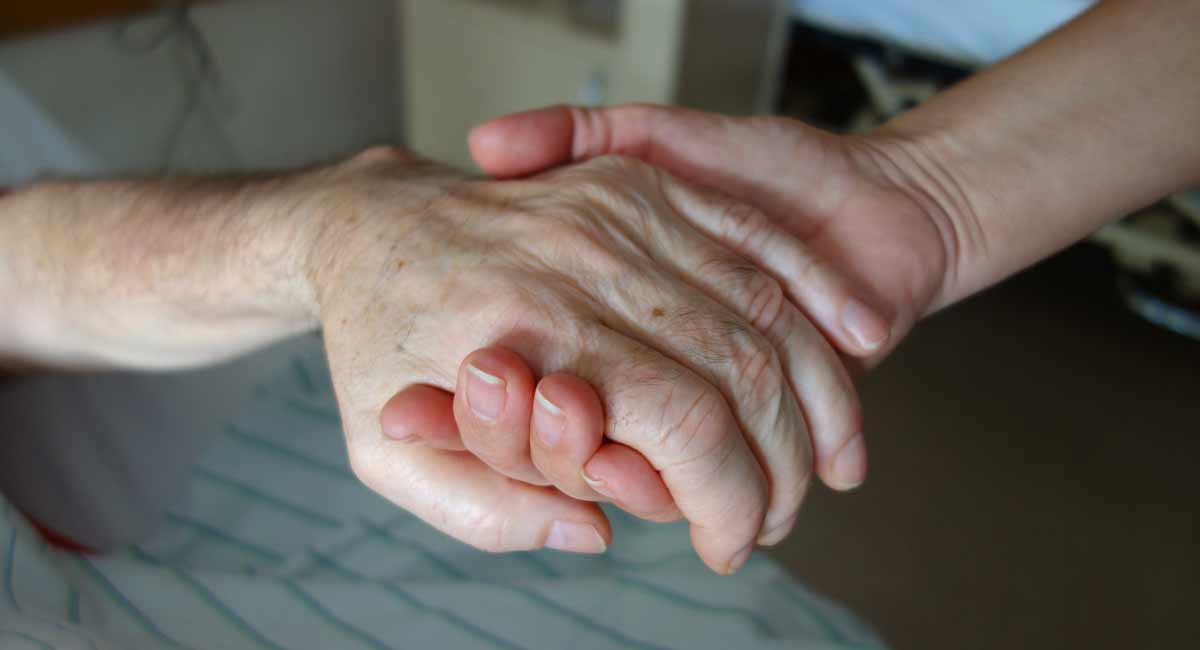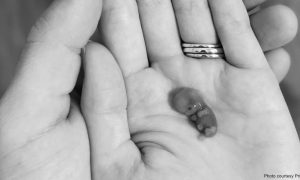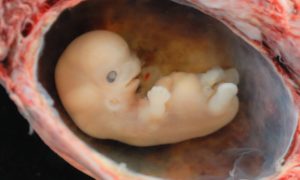An elderly couple’s granddaughter framed their decision to be euthanized together as the “final chapter” of a 70-year love story. The couple appeared to have been disabled but not terminally ill.
KEY TAKEAWAYS:
- In her 90s, the wife chose to die first after paralysis became unbearable for her.
- Her husband chose to die as well, citing his severe panic attacks.
- The story is the latest in a long line of such stories of death being portrayed as romantic.
- Though assisted suicide and euthanasia deaths are portrayed as peaceful, experts say the reality can be quite different, with people paralyzed while drowning instead of simply falling asleep.
THE DETAILS:
Writing for the Guardian, Sharnee Rawson told the story of her grandparents’ death.
Ron and Irene had been married for decades, with Irene saying she wanted to be euthanized after caring for her elderly, ailing siblings. A battle with glaucoma left her almost blind, and a degenerative spinal condition caused her to lose feeling in her hands and feet. Eventually, she suffered paralysis and couldn’t eat on her own.
Ron, meanwhile, had “myriad health problems” and debilitating panic attacks; he didn’t want to live without Irene. So they chose to be killed together.
“They wore special shirts picked out for the occasion; his a cranky cockatoo print, and hers the same white and floral print blouse she wore to their 70th wedding anniversary a few months previously,” she said. “The only sign of what was to come were the twin cannulas, one in each of their intertwined hands, with long thin tubes winding back behind the beds and out of sight.”
Friends and family visited, drinking champagne with the couple before they were killed.
“It was like a farewell tour, as they laughed and cried, treating nearly every visitor to their own rendition of Willie Nelson’s On the Road Again, which they’d sing together with a smile, anticipating their final adventure together,” Rawson said, adding, “[T]hey were unwavering and emphatic in their decision. They had a wonderful life, they had done everything they had ever wanted, and it was time to go.”
Rather than undergo assisted suicide, the couple was euthanized; their doctors actively killed them instead of simply supplying them a prescription for the lethal drugs.
WHY IT MATTERS:
As assisted suicide and euthanasia grow in popularity across the globe, stories like this which romanticize the act have likewise become more frequent.
Some instances are considerably more grisly; even cases where an ailing spouse is murdered by the other spouse are often portrayed by the pro-death media as romantic. Healthy couples are killed together simply because they are elderly and want to die together — including the former prime minister of the Netherlands and his wife.
Disturbingly, though these deaths may appear peaceful, the reality is often very different.
According to Dr. Joel Zivot, an associate professor of anesthesiology and surgery at the Emory School of Medicine and an expert on “physician participation in lethal injection,” assisted suicide can be exruciating.
“[F]or both euthanasia and executions, paralytic drugs are used,” he said in an op-ed for the Spectator. “These drugs, given in high enough doses, mean that a patient cannot move a muscle, cannot express any outward or visible sign of pain. But that doesn’t mean that he or she is free from suffering.”
He added, “People who want to die deserve to know that they may end up drowning, not just falling asleep.”
THE BOTTOM LINE:
Suicide is almost always a tragedy which should be prevented at all costs. But when the person committing suicide is elderly, disabled, or mentally ill, suicide is not only encouraged — it is aided, abetted, and (in the case of euthanasia) actively administered.








